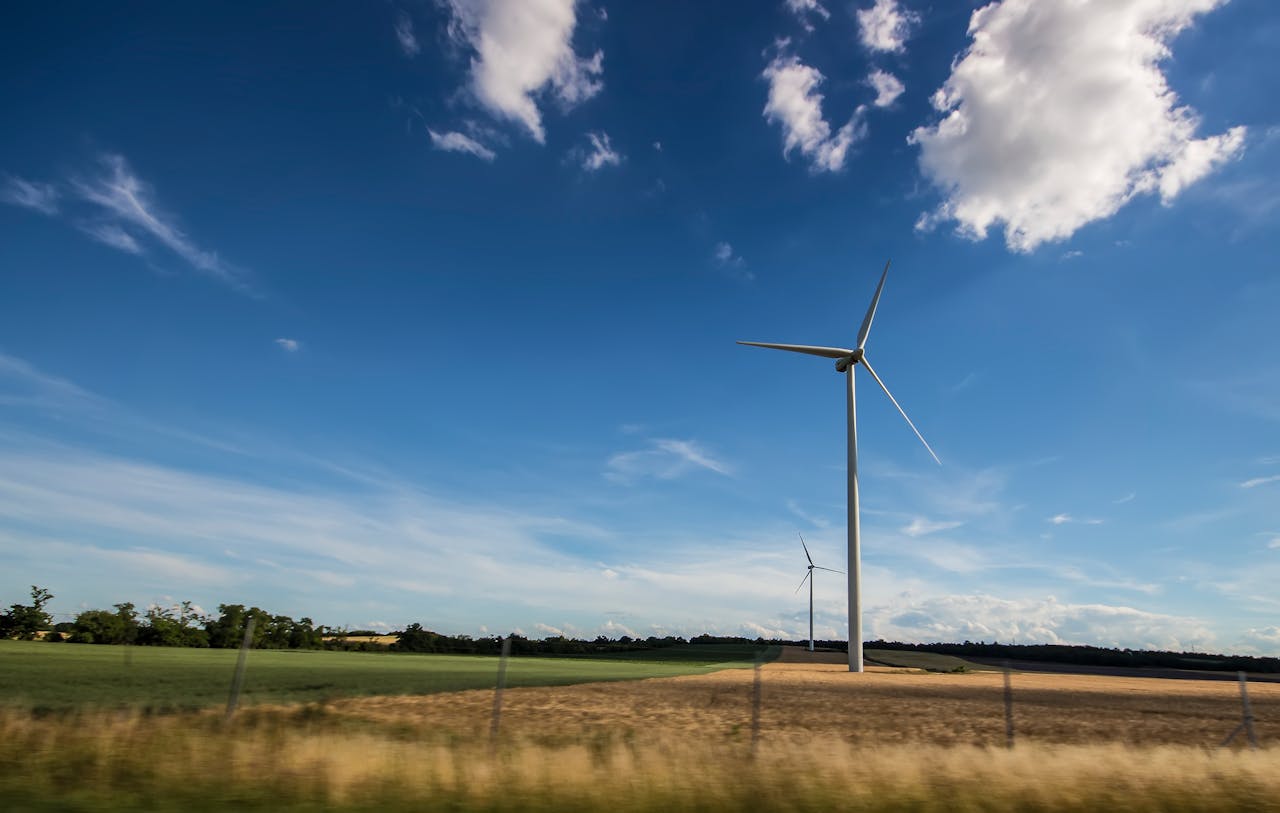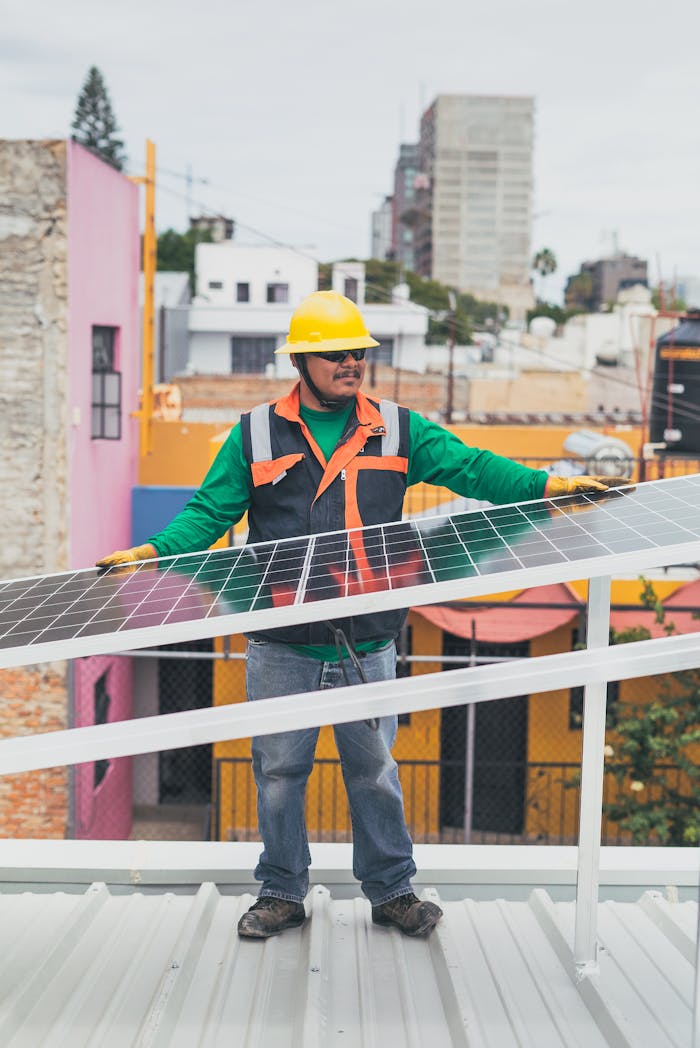

0+
YEARS OF EXPERIENCE
0K
HAPPY CLIENTS

Our Services
Explore Our Diverse Educational Programs and Projects

Take Action Towards a Greener Future Today

Why Choose GlobalGreenQuest
01.
Expert Guidance
02.
Engaging Workshops
03.
Community Focused
04.
Impactful Initiatives
Our Approach
How We Engage and Educate for Sustainability
Testimonials
What Our Participants Say

John Doe
GlobalGreenQuest transformed my understanding of sustainability. Their workshops are engaging and enlightening; I recommend them to anyone seeking to make a difference.

Sara Smith
I loved the community-driven projects offered by GlobalGreenQuest. It was inspiring to see how collaboration leads to tangible outcomes for our environment!

Michael Brown
The knowledge I gained from GlobalGreenQuest has equipped me to promote sustainability in my own community. Truly a life-changing experience!